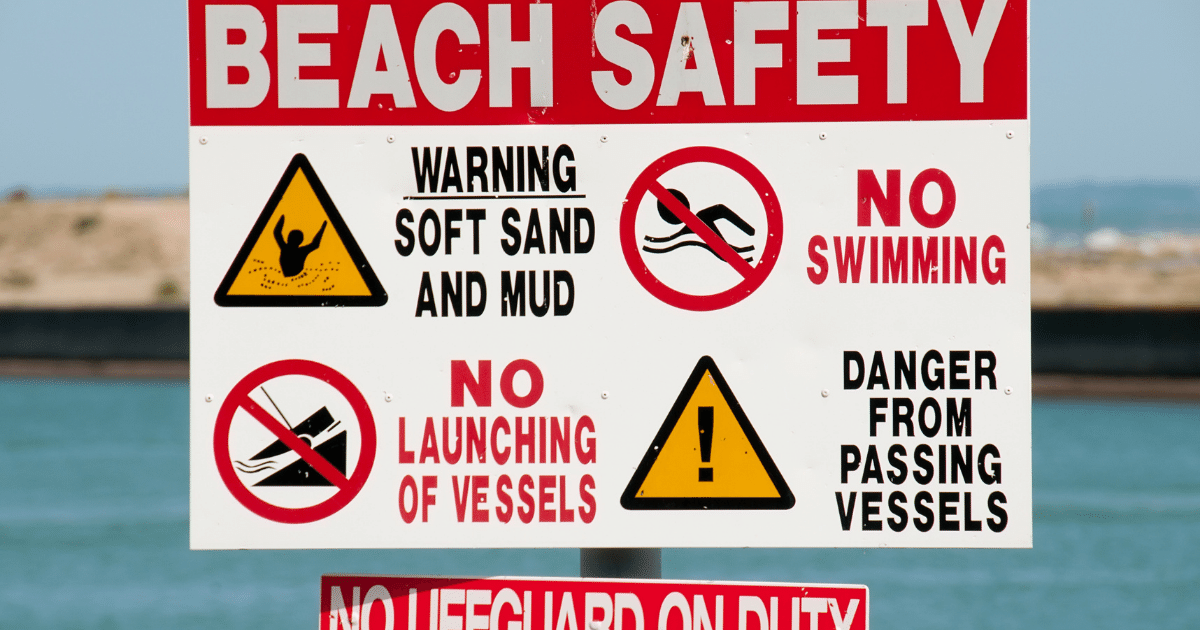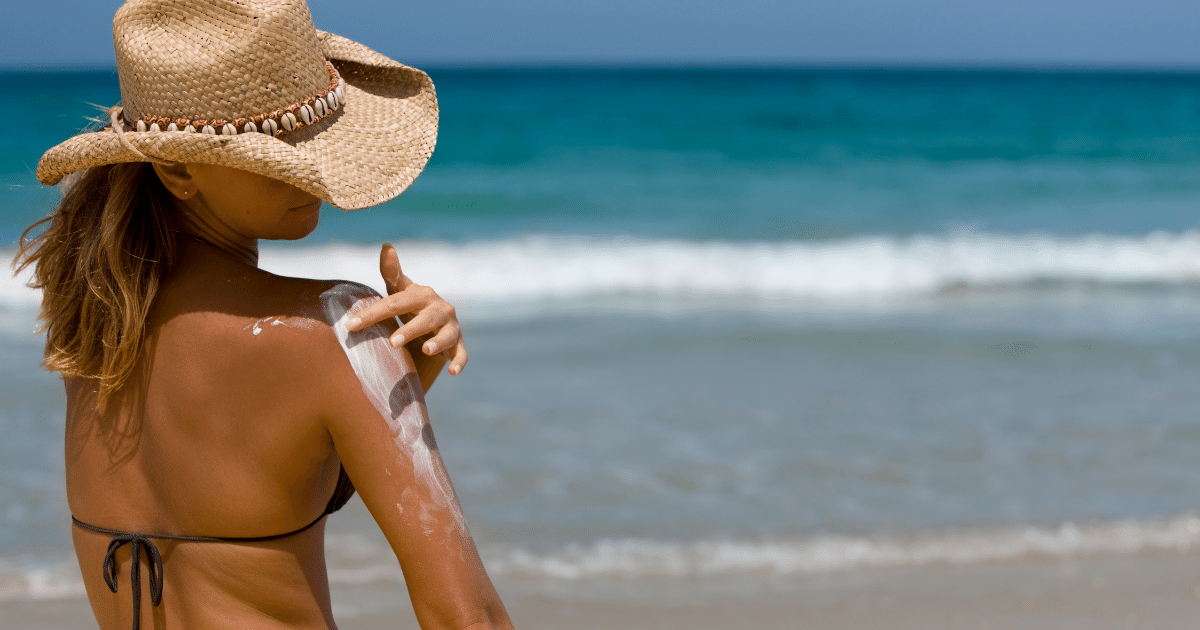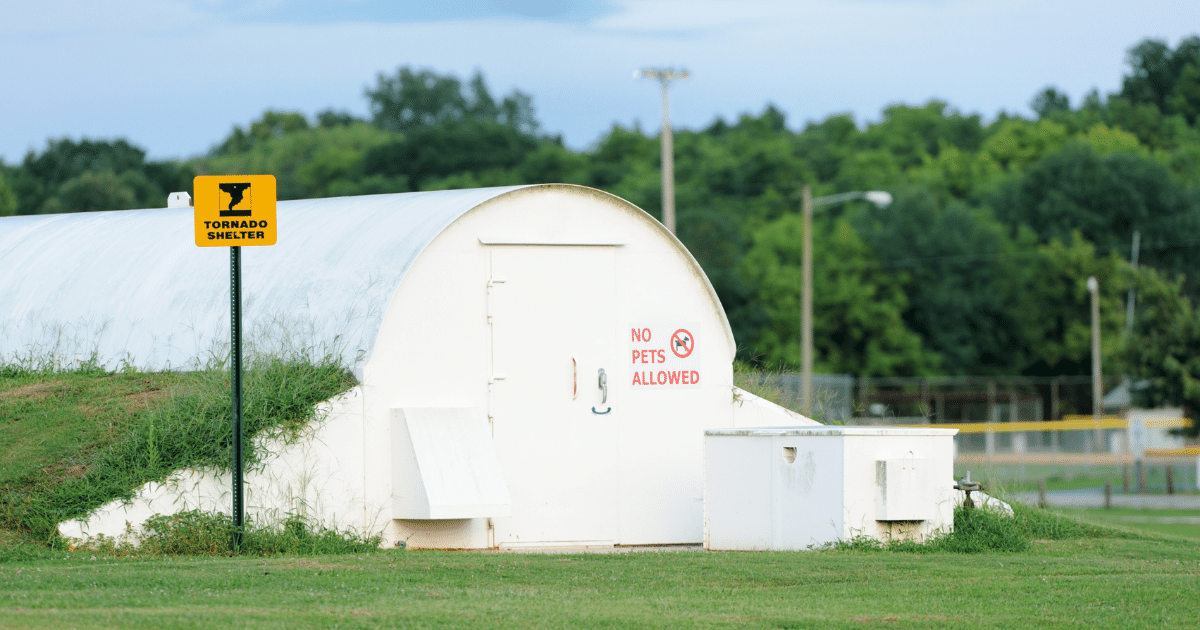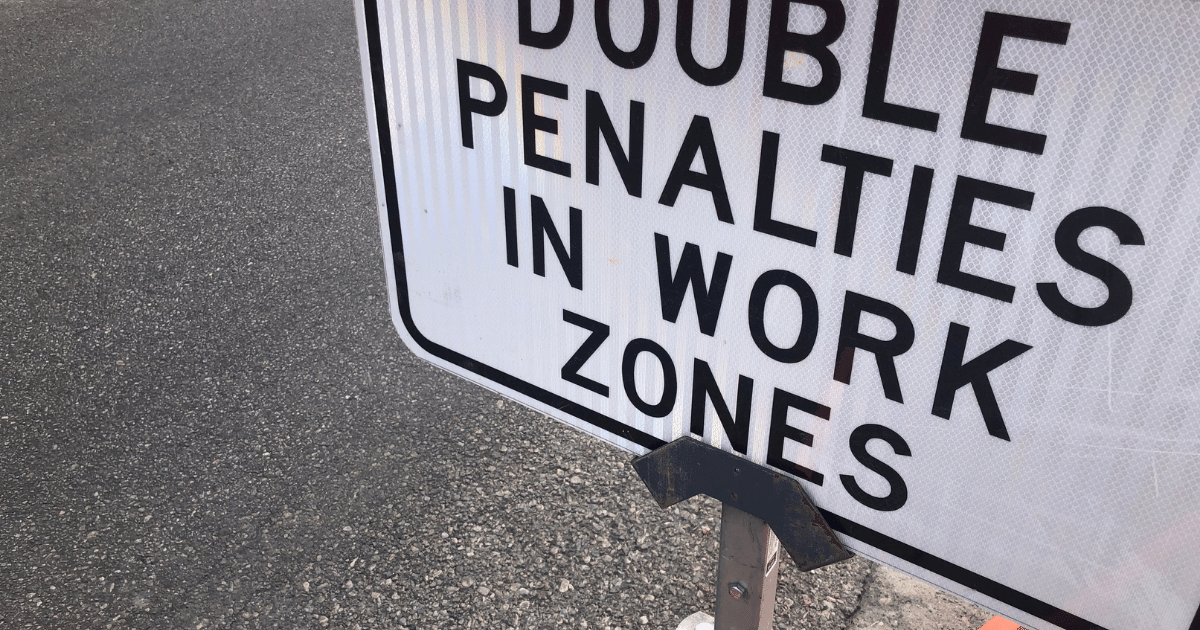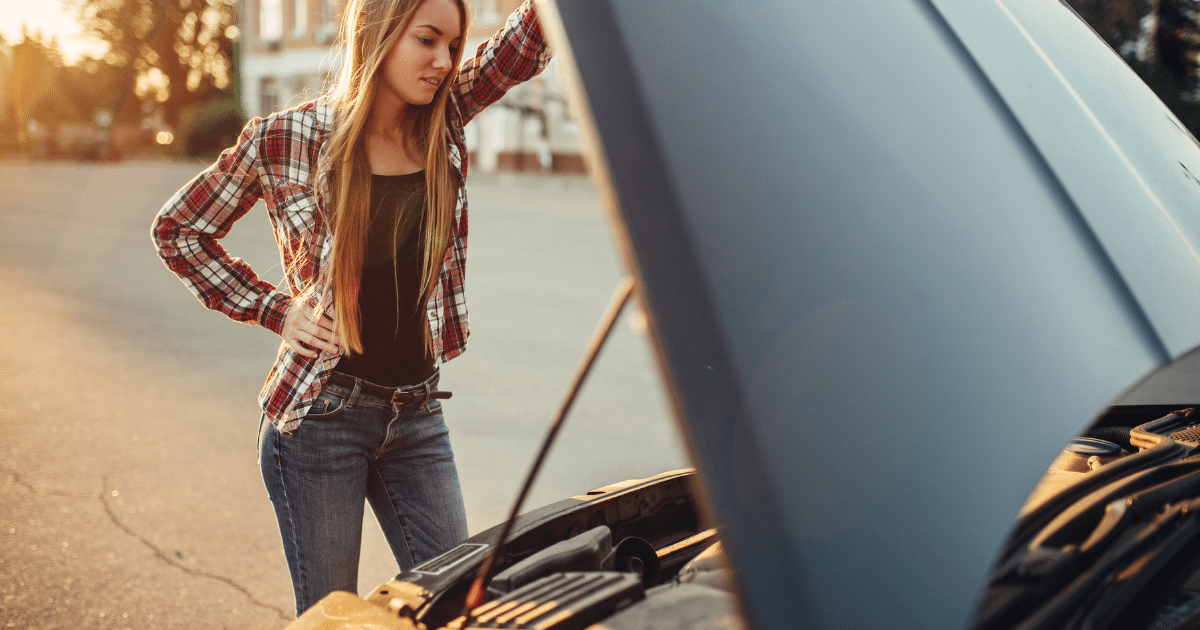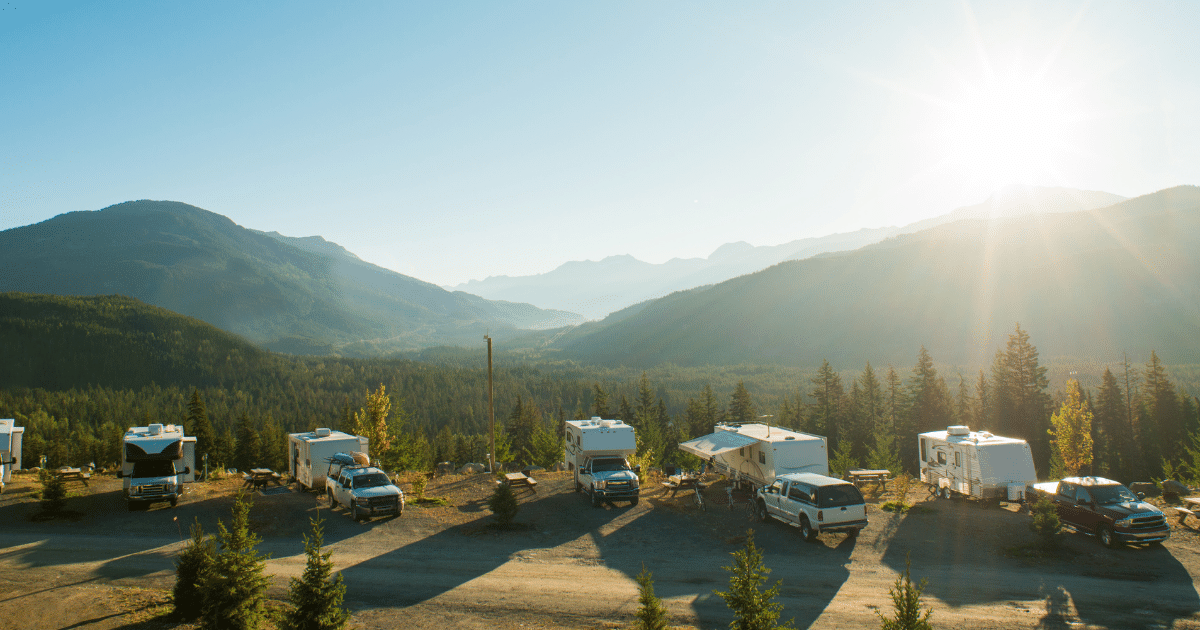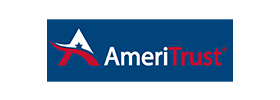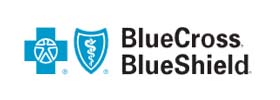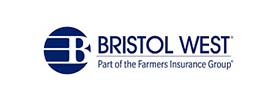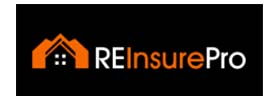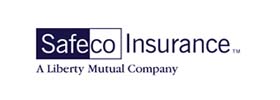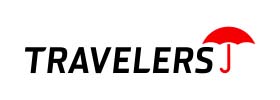For when things go wrong on the road.
4 MINUTE READ
Compliments of Shield Agency and AAA Insurance Companies
Nathan Hackett
Don’t wait until a car accident or breakdown happens to figure out the steps you need to take. Prepare for it ahead of time with the help of these checklists for what to do in a car accident or breakdown:
Download and print this page to put in your glove box as a handy reminder in case you need it down the road (and we hope you never do).Get It Now
What to do in a car accident or breakdown: before it happens
- Put a copy of your proof of insurance (plus a pen and paper) in your glove box.
- Add your insurance company’s phone number and your policy number to your phone. (If you have insurance through AAA, download the AAA Mobile app for free and log in. Your policy details are on the app.)
- Make note of your preferred repair shop should your vehicle need to be towed. If you need recommendations for trustworthy shops, find AAA Approved Auto Repair facilitiesnear you.
- Keep an emergency kit with first-aid and roadside visibility items (e.g., flashlight, flares) in your car.
What to do in a car accident: after it happens
1. Check for injuries: Take a few slow, deep breaths to calm yourself and assess your own condition. If you’re able, check on others involved in the collision to determine if anyone is hurt. If you or they need medical attention, call 911.
2. Remain at the scene: If no one is injured and your vehicle is drivable, turn on the hazard lights and safely move it to an emergency lane or parking area. If it can’t be moved, turn on the hazard lights and go to a spot safely away from moving traffic until emergency services arrive.
3. Exchange information: Take photos of the location, people involved and damaged vehicles, and exchange information with all parties, including witnesses. Write down or use your phone’s camera to collect everyone’s information: name; address/email; driver’s license number; insurance carrier and policy number; vehicle make, model, and year; license plate number; VIN.
4. File a police report: If the police don’t come to the scene, file an accident report at a local police station or your insurance agency a day or two later. It will be important if injuries from the crash (such as whiplash) don’t appear for several days and you or another party needs to file a liability claim.
5. Notify your insurance carrier: The sooner you make your insurance company aware of the crash, the sooner it can start the claim process.
6. Get your vehicle repaired: The choice of where to get the repairs done is yours, and you can ask your insurance company for body shop recommendations. Plus, we can help with that at one of our AAA Approved Auto Repair facilities—simply find the one closest to you.
What to do in a breakdown: after it happens
Locations, traffic patterns, and vehicle problems vary—so the following are general suggestions, not rigid rules:
1. Safely pull off the road.
2. Alert other motorists so they avoid you (turn on hazard lights, open hood, etc.).
3. Make a written or mental note of your vehicle’s location.
4. Identify the problem or anything unusual (sounds, smells, etc.).
5. Call for roadside assistance and, if needed, contact your insurance company. (You can reach AAA via the AAA Mobile app or by calling the number on your membership card.)
6. If it’s safe to do so, remain with your vehicle until the service technician arrives.
Have a Trusted Partner on the Road
Get the protection you need from a brand you trust. Contact your local AAA agent to learn more about auto insurance through AAA.
